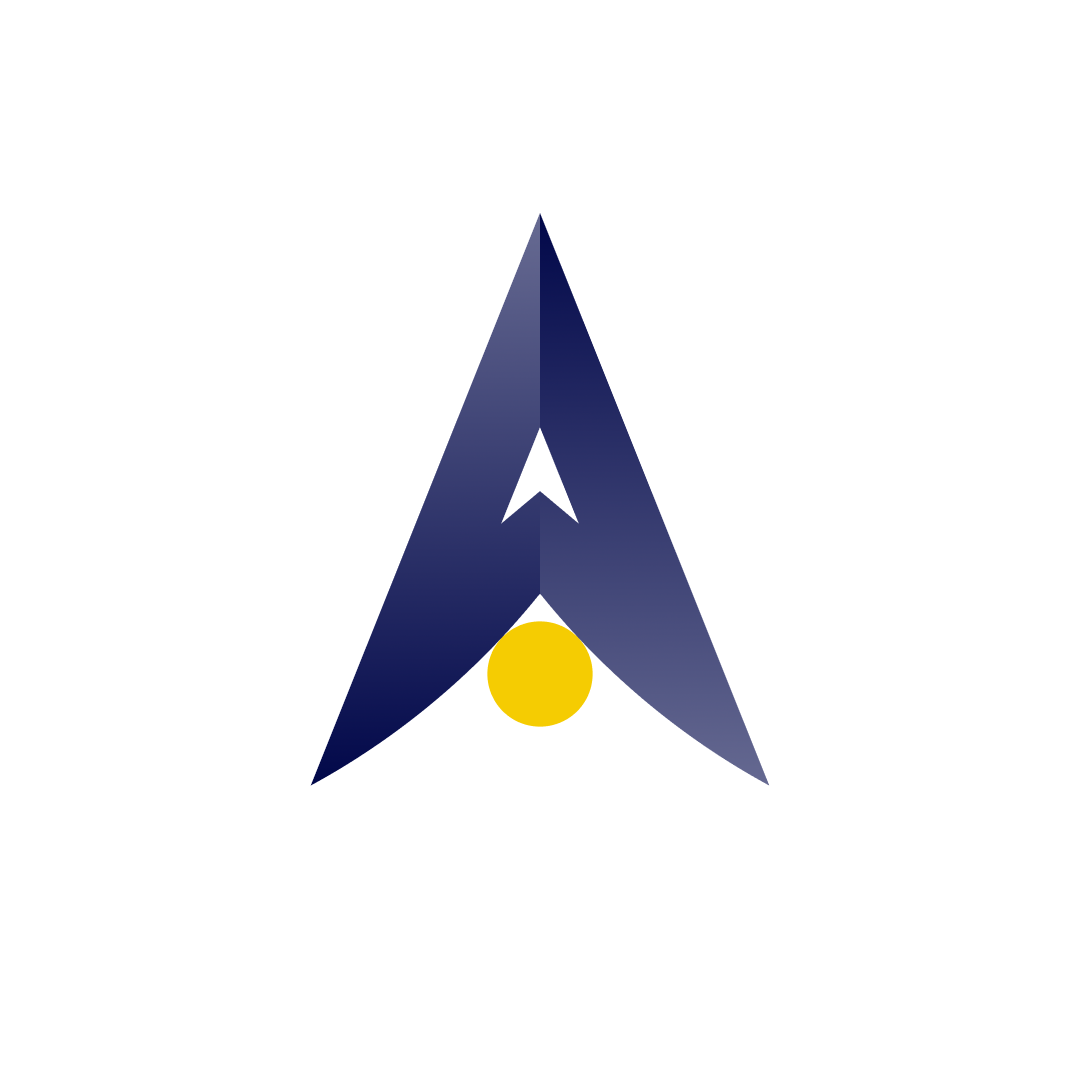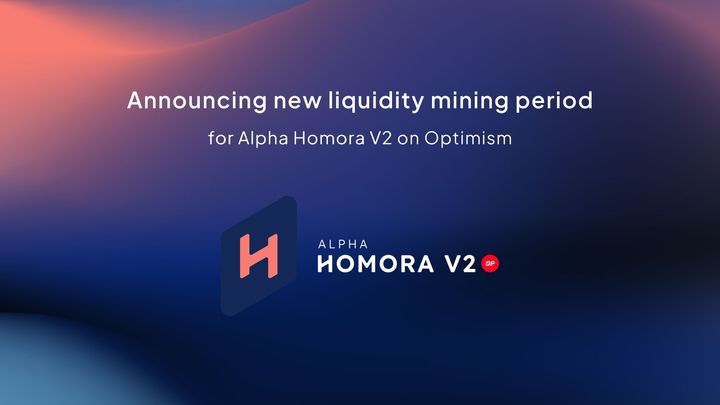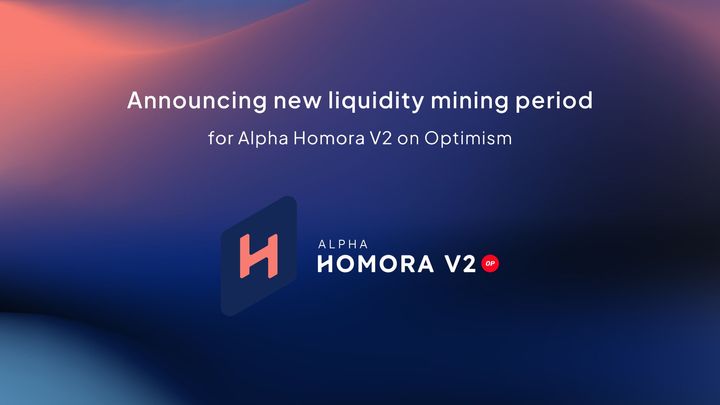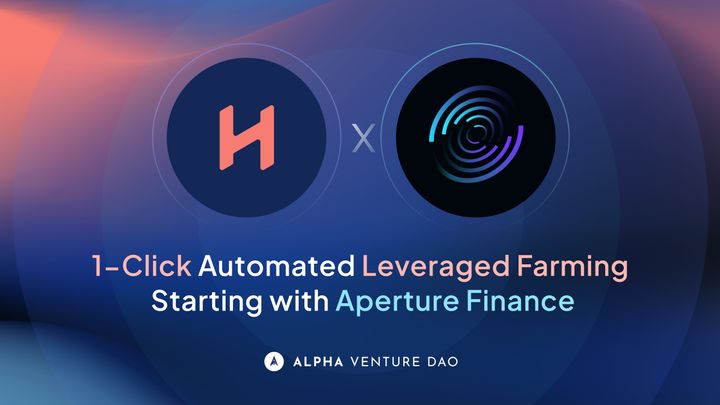Design Language for DeFi Products
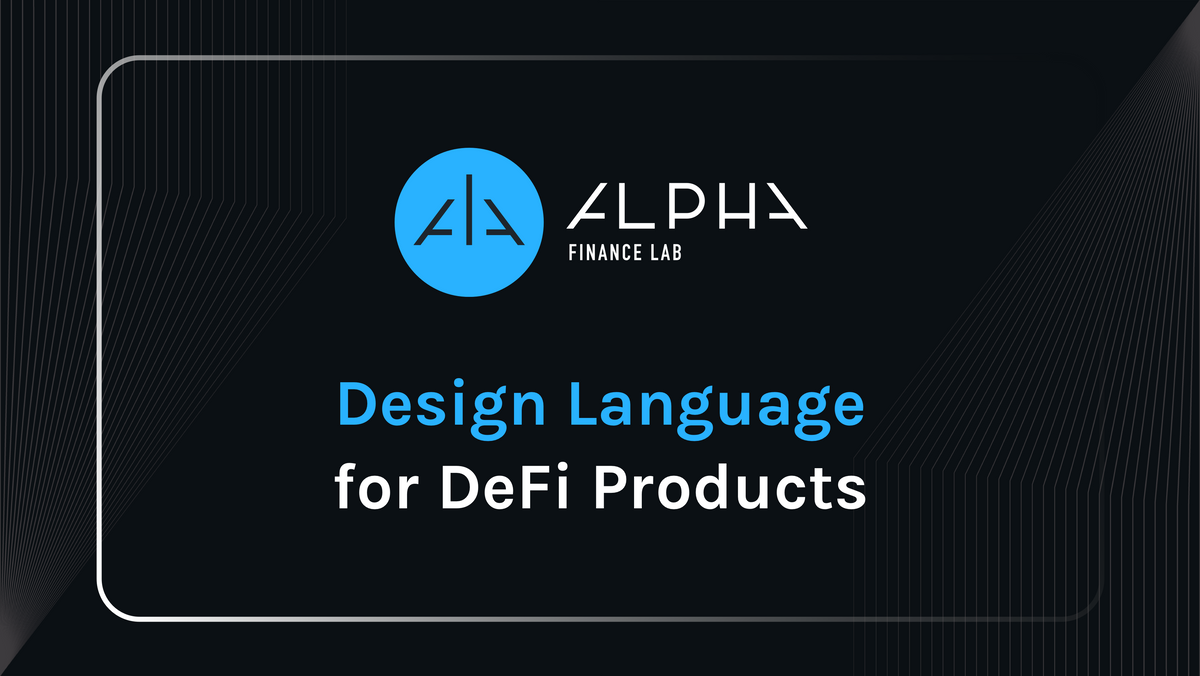
Yesterday, we shared how we think about security measures for DeFi products in 2021, as the security model used in early 2020 may not be applicable to the DeFi landscape now. The model that we came up with is currently being used at Alpha Finance Lab, and we hope to see the model be adopted as a standard in building a DeFi product.
Design language is another important area that we have been thinking and researching on. If you use any of the Alpha products, you will realize that user friendliness, via a simple user interface, is one of the key differentiations. We are also glad to see that other projects got inspired by Alpha Homora V2 user interface and followed suit.
Risk Concept as a Part of the Design Language
What we believe is still missing in DeFi, which we hope to lead the change, is introducing the risk concept as a part of the design language on the user interface.
Users bear real risks when using DeFi products, as real funds are involved. To better educate our users, we have introduced risk design language when users open new farming/liquidity providing positions on Alpha Homora v1 on Ethereum.
When a user opens a 1x position, no leverage is involved. Thus, low risk is presented as a design cue to inform the users. Though 1x position bears no liquidation risk, it still faces impermanent loss risk. At higher leverage levels, different risk levels are shown differently to inform the users.
To learn more about risks associated with using Alpha Homora, users can refer to the document here.
Closing Thoughts
We believe a project is responsible to educate the users as much as possible about the risks involved in using DeFi protocols. Risk documents are helpful, but may not be read by every user. A simple way to ensure users are aware of the risks involved is to introduce the risk concept as a part of the design language. Improving design language is an ongoing process. We hope that our start in this journey will inspire and motivate others to adapt and apply our thinking.
